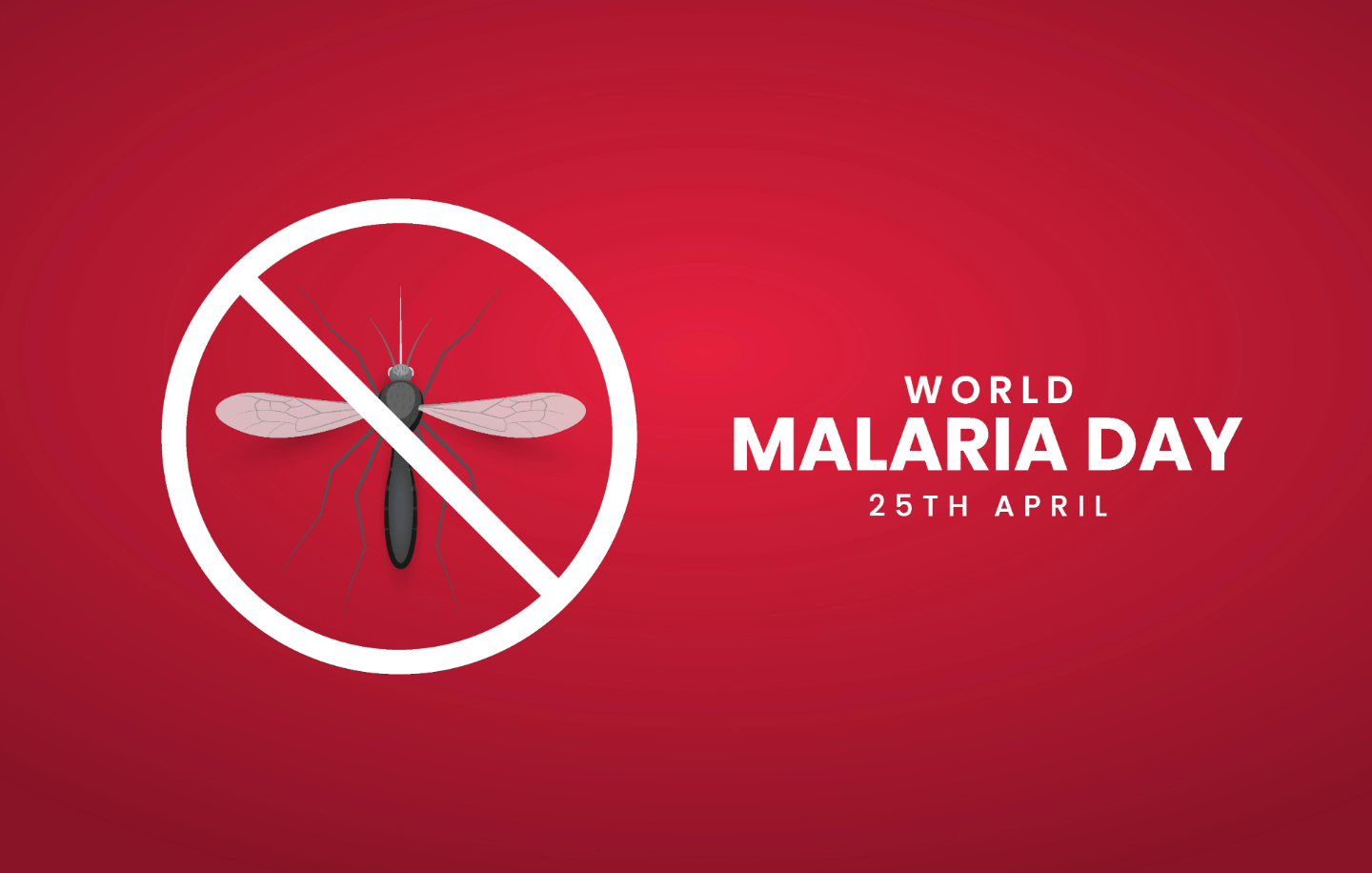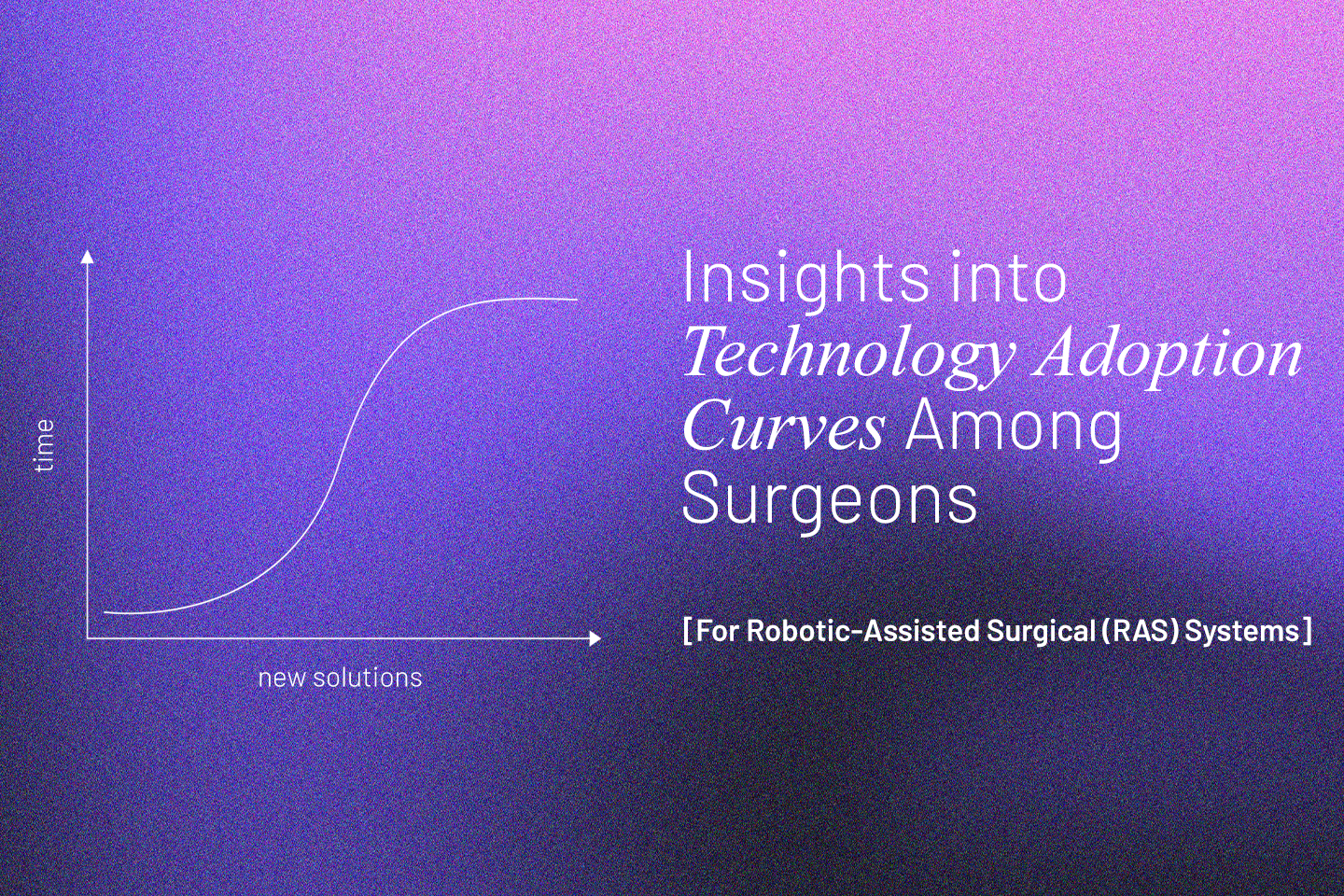Medical Devices
Science continues to unravel the mysteries of Congenital Heart Defects; Exploring established solutions

“Roughly one out of every 100 babies has something wrong with their heart—a piece that didn’t quite develop as desired, causing what’s known as a congenital heart defect.” - Science [*]
From the moment a life begins, the heart embarks on a complex journey of growth and development. But in roughly one out of every 100 babies, a missing or misshapen piece of this intricate puzzle leads to a congenital heart defect (CHD). Understanding how these defects form has long been a puzzle for scientists in the field of developmental biology, but new research reveals an astonishing phenomenon—hidden conversations within the heart itself.[1]
Prominent findings in early stages of developmental biology
The human heart forms from three primary layers: the outer epicardium, the muscular myocardium, and the innermost endocardium. Separating these layers during early development is a gelatinous substance known as cardiac jelly. For decades, scientists believed this separation was absolute. However, recent research in mice suggests otherwise—tiny, transient tunnels form between these layers, facilitating direct communication and the exchange of crucial proteins. When these bridges fail to form, hearts develop abnormally, hinting at a vital mechanism in congenital heart development.[2]
These discoveries shed light on why some congenital heart defects arise and open doors to new diagnostic and treatment possibilities. Among the most common defects are Atrial Septal Defect (ASD) and Ventricular Septal Defect (VSD), conditions that disrupt the normal flow of blood within the heart.
The Consequences: ASD, VSD, and PDA
Atrial Septal Defect (ASD) occurs when a hole remains in the septum separating the heart’s upper chambers, leading to excessive blood flow to the lungs. This can cause fatigue, breathlessness, and long-term complications like heart rhythm disorders. A similar defect in the lower chambers, known as Ventricular Septal Defect (VSD), disrupts normal circulation and can put excessive strain on the heart and lungs.
Another congenital anomaly, Patent Ductus Arteriosus (PDA), results when a fetal blood vessel fails to close after birth, forcing oxygen-rich blood back into the lungs instead of circulating to the body. Left untreated, PDA can lead to heart failure or pulmonary hypertension.
Solutions in ASD, VSD, and PDA Treatment
While some small septal defects close naturally, larger defects often require medical intervention. Traditional open-heart surgeries have been the standard for decades, but medical innovation now offers minimally invasive alternatives. Percutaneous, transcatheter devices are revolutionizing how congenital heart defects are treated, offering faster recovery times and reduced procedural risks.
Floret ASD Occluder: A New Standard in ASD Closure
Designed to close ASDs in the secundum position, Meril’s Floret ASD Occluder is an advanced, non-surgical solution that safely seals defects while minimizing trauma to the heart tissue. Additionally, it is an ideal choice for patients who have undergone a fenestrated Fontan procedure and now require closure of the fenestration. This cutting-edge device represents a significant leap forward in ASD management, providing hope to patients worldwide.
Floret VSD and PDA Occluders: Precision and Innovation
For patients with VSD, Meril’s Floret VSD Occluder offers a minimally invasive alternative to open-heart surgery. Its advanced design ensures a secure fit, effectively closing the defect and preventing complications. Similarly, the Floret PDA Occluder provides a life-changing solution for infants and children with persistent ductus arteriosus, restoring normal blood flow and reducing the risk of long-term cardiac issues.
What does a Future without Barriers look like?
The discovery of microscopic tunnels in the developing heart offers an incredible glimpse into nature’s design and the delicate interplay of cells that sculpt this vital organ. As science continues to unravel the mysteries of heart development, innovative solutions like Meril’s Floret occluders stand at the forefront, providing safer, more effective treatments for congenital heart defects.
From hidden cellular bridges to groundbreaking transcatheter therapies, the journey toward a world where congenital heart defects are easily detected, treated, and possibly even prevented is well underway. Every heartbeat carries a story, and with these advancements, more of them can be stories of hope, resilience, and a future that faces developmental heart disorders confidently..





